Step Back in Time at Yaozhou Kiln Museum Scenic Area: An Artistic Adventure Awaits

An Essential Guide to Visiting Yaozhou Kiln Museum Scenic Area
In This Guide
- An Essential Guide to Visiting Yaozhou Kiln Museum Scenic Area
- The Rich History and Legends of Yaozhou Kiln Museum Scenic Area
- Main Highlights: What You Absolutely Can’t Miss
- Planning Your Visit: A Practical Guide
- Tickets: Prices, Booking, and Tips
- How to Get There: A Complete Transportation Guide
- Local Cuisine and Accommodation Nearby
- Frequently Asked Questions
- Final Thoughts on Your Trip
Exploring the rich tapestry of Chinese history and culture often leads travelers to lesser-known gems, and the Yaozhou Kiln Museum Scenic Area in Tongchuan is one such treasure. Nestled around 70 kilometers from the bustling city of Xi’an, this museum offers an intimate glimpse into one of the six ancient kilns that shaped the landscape of Chinese ceramics.
A Journey Through Time
The Yaozhou Kiln, operational from the Tang to the Yuan Dynasties (roughly 618-1368 AD), is renowned for its exquisite celadon wares and the intricate techniques that artisans developed over centuries. Here, visitors can marvel at the evolution of pottery-making, from the early incised and impressed methods to the more complex mold-making techniques that followed.
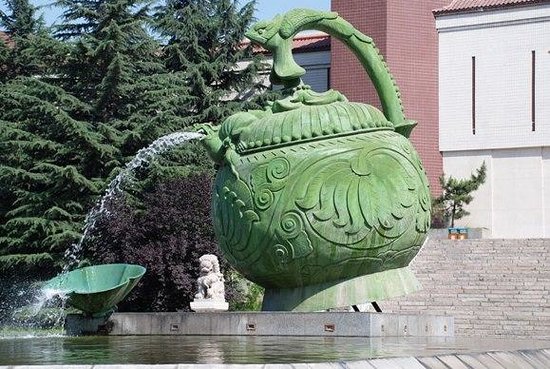
Yaozhou_Kiln_Museum_Scenic_Area.
What Awaits You
As you step into the museum, you will be greeted by thoughtfully curated exhibits detailing the kiln’s storied history. The displays highlight the different color glazes used in the production of ceramics and the fascinating stories behind each piece. Life-size statues illustrating various stages of pottery manufacture provide a visual feast, bringing to life the labor and artistry involved in this ancient craft.
For those eager to engage with the art form, the museum offers the unique opportunity to try your hand at pottery-making under the guidance of skilled artisans—an experience not to be missed if you wish to connect with the craft on a personal level.
Beyond the Museum
Just a stone’s throw away, the actual excavation sites of kilns #1-9 await exploration. For a nominal fee, you can traverse these historical grounds, where the remnants of ancient craftsmanship tell a tale of innovation and cultural exchange.

Yaozhou_Kiln_Museum_Scenic_Area.
Whether you’re a history buff, an art enthusiast, or simply a curious traveler, the Yaozhou Kiln Museum Scenic Area promises an enriching experience steeped in China’s cultural heritage. Prepare to be captivated by the stories of the past as you uncover the artistry that continues to influence ceramics today.
The Rich History and Legends of Yaozhou Kiln Museum Scenic Area
Nestled in the heart of Tongchuan, the Yaozhou Kiln Museum Scenic Area serves as a portal to the rich tapestry of Chinese ceramic history, particularly that of the famed Yaozhou kilns. These kilns, operational from the Tang Dynasty (618-907 AD) through the Yuan Dynasty (1271-1368 AD), are among the most celebrated in the annals of ancient Chinese pottery production. Their legacy is not merely one of craftsmanship but interwoven with the cultural and economic fabric of the time.
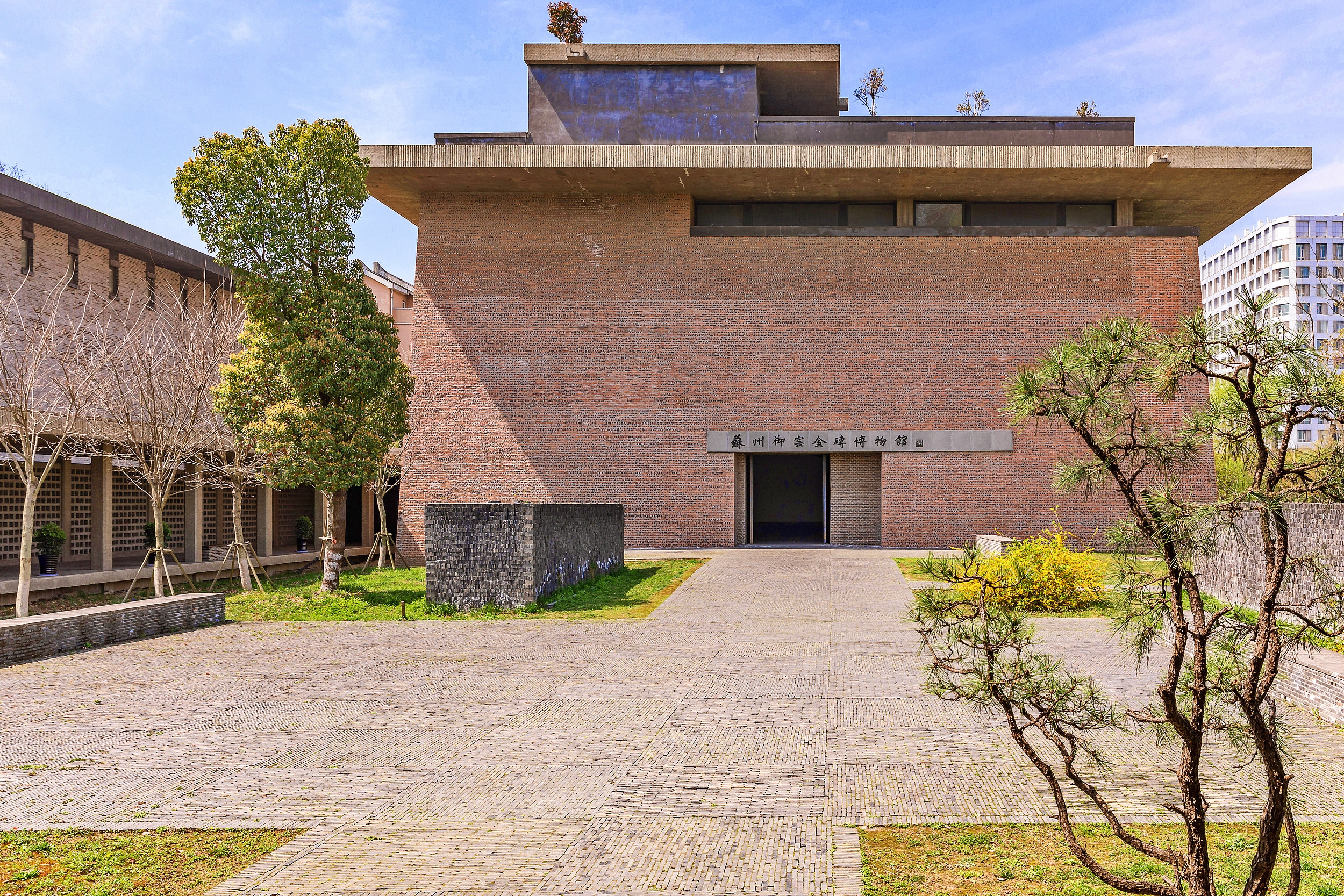
Yaozhou_Kiln_Museum_Scenic_Area.
A Historical Overview
The Rise of Yaozhou Kilns
The Yaozhou kilns were established around the 8th century and quickly gained prominence for their exquisite celadon wares. This green-glazed porcelain was highly sought after, not only domestically but also for export along the Silk Road. The unique blend of local clay and innovative glazing techniques allowed artisans to produce stunning pieces that reflected the aesthetics and values of their time.
Cultural Significance
During the Tang and Song Dynasties, Yaozhou ceramics represented the epitome of artistic achievement. The kilns operated at their peak during the Song Dynasty (960-1279 AD), where the production of celadon reached extraordinary heights. The wares were often adorned with intricate designs, including floral patterns and animal motifs, showcasing the artisans’ skill and creativity.
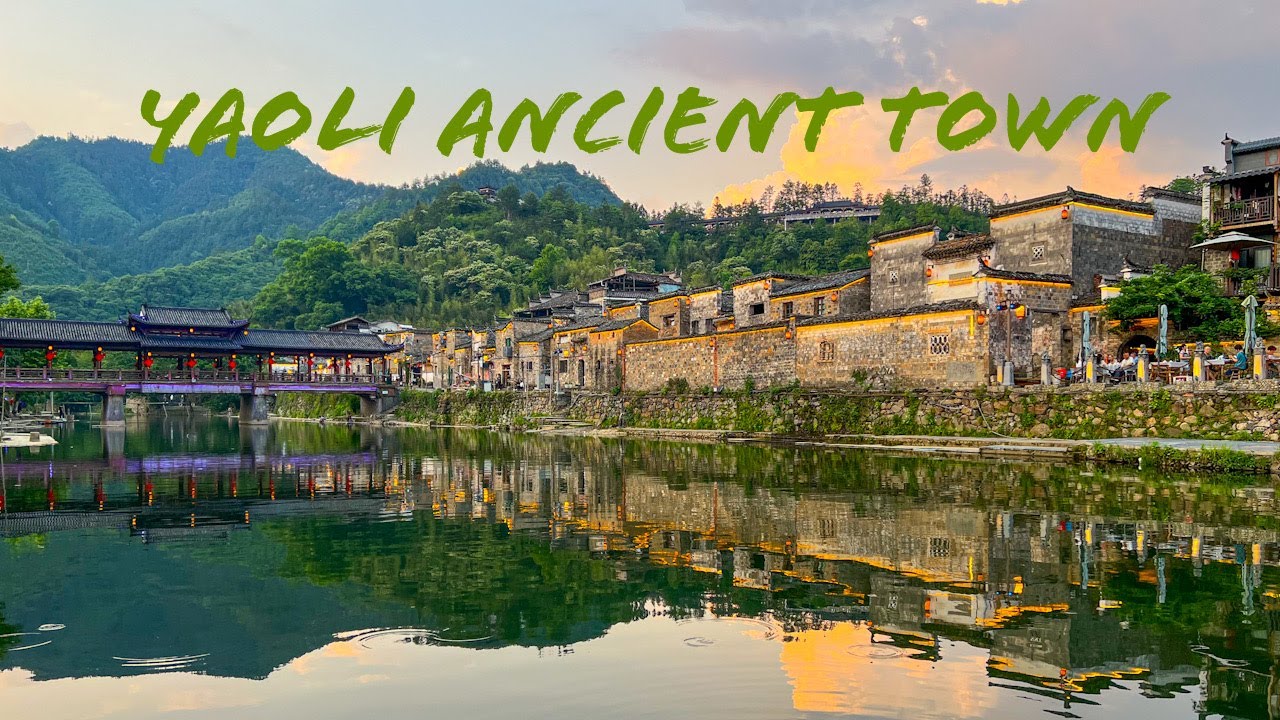
Yaozhou_Kiln_Museum_Scenic_Area.
Legends and Folklore
Beyond the historical facts, the Yaozhou kilns are steeped in legends that add a layer of mystique to their legacy. One popular tale tells of a master potter who, after years of striving for perfection, discovered a unique glaze formula on a moonlit night. It is said that the shimmering quality of the glaze captured the essence of the moon, leading to the creation of extraordinary pieces that were treasured by emperors and commoners alike.
Another legend speaks of the “Celadon Dragon,” a mythical creature believed to guard the kilns. According to this tale, the dragon was so captivated by the beauty of the celadon ware that it would bless the artisans with inspiration and creativity. This connection between the artisans and the dragon symbolizes the harmony between man and nature, a theme prevalent in Chinese culture.
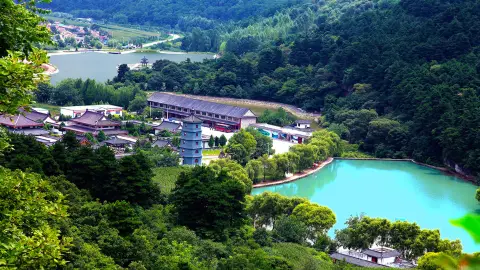
Yaozhou_Kiln_Museum_Scenic_Area.
The Museum Experience
Visiting the Yaozhou Kiln Museum provides more than a mere overview of ceramic production; it immerses you in the artistry and cultural significance of the Yaozhou kilns. The museum’s exhibits detail the evolution of the kilns, highlighting the various techniques employed in their creation. Life-size statues depict the stages of pottery manufacturing, bringing history to life in a way that is both educational and inspiring.
For those looking to engage directly with this rich heritage, the museum often offers pottery-making workshops where visitors can try their hand at crafting their pieces under the guidance of skilled artisans. This hands-on experience not only deepens the appreciation for the craft but also connects visitors to the age-old traditions that have shaped Chinese ceramic artistry.
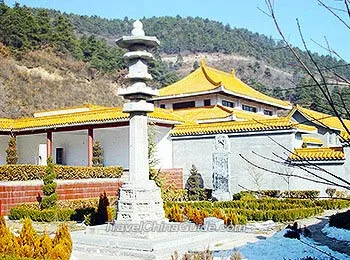
Yaozhou_Kiln_Museum_Scenic_Area.
Conclusion
As you explore the Yaozhou Kiln Museum Scenic Area, you will find yourself captivated by the stories of the past—from the rise of the kilns to the legends that accompany them. This destination is not just a museum; it’s a celebration of a cultural legacy that has influenced generations. Whether you’re an avid historian or a curious traveler, the Yaozhou kilns promise an enriching experience that resonates with the spirit of Chinese history and artistry.
Main Highlights: What You Absolutely Can’t Miss
Discover the Treasures of the Yaozhou Kiln Museum Scenic Area
When exploring the rich tapestry of Chinese history and culture, the Yaozhou Kiln Museum Scenic Area in Tongchuan is a must-visit destination. This site stands as a testament to one of the most significant ancient kilns in China, renowned for its exquisite celadon pottery. Here are the highlights that you absolutely cannot miss during your visit.
1. Yaozhou Kiln Museum
The museum, a modern establishment with a captivating narrative, is dedicated to the famed Yaozhou kilns that operated from the Tang (618-907 AD) to the Yuan (1271-1368 AD) dynasties.

Yaozhou_Kiln_Museum_Scenic_Area.
-
Exhibits and Artifacts: The museum features well-curated displays that detail the evolution of pottery-making techniques over 800 years. From incised to impressed and mold-made ceramics, visitors can appreciate the intricate processes behind each piece.
-
Life-Size Statues: Behind the museum, life-size statues depict the various stages of pottery manufacturing, providing a tangible glimpse into the ancient craft.
-
Hands-On Experience: For those eager to try their hand at pottery, the museum offers supervised sessions where visitors can create their own pieces—though availability may vary.
2. Yaozhou Kiln Ruins
Just a short distance from the museum lies the Yaozhou Kiln Ruins, where you can explore the actual excavations of kilns used during various dynasties.
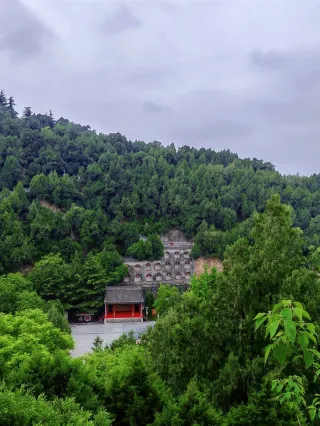
Yaozhou_Kiln_Museum_Scenic_Area.
-
Excavation Sites: For a nominal fee, you can access the ruins of kilns #1 to #9, which have been preserved to showcase the historical significance of this ancient craft. Walking among these relics, you’ll gain insight into the scale and sophistication of ancient Chinese ceramics.
-
Archaeological Insights: The ruins present an opportunity for archaeology enthusiasts to delve deeper into the region’s history, offering context to the artifacts displayed in the museum.
3. Cultural and Historical Context
Understanding the broader historical significance of the Yaozhou kilns deepens the experience.
-
Celadon Ware: This area is famous for its celadon pottery, characterized by its greenish glaze. Learn about its origins and the techniques that made it a coveted item throughout Chinese history and beyond.
-
Influence on Chinese Ceramics: The Yaozhou kilns were among the six great ancient kilns of China, influencing ceramic styles and techniques that would resonate throughout the ages.

Yaozhou_Kiln_Museum_Scenic_Area.
4. Nearby Attractions
Expand your cultural exploration by visiting nearby sites:
-
Yaowang Hometown: A historic site honoring the local deity, this area offers scenic views and a glimpse into local traditions.
-
Yaowang Mountain Carved Stone: Marvel at the ancient carvings that reflect the artistic heritage of the region.
5. Practical Information
- Location: The Yaozhou Kiln Museum is located at No.25 Xinyi South Road, Huangbao Town, Wangyi District, Tongchuan.
- Hours of Operation: Open daily from 8:00 AM to 6:00 PM.
- Accessibility: While the museum is relatively new, ensure you check for English captions or guided tours to enhance your understanding of the exhibits.
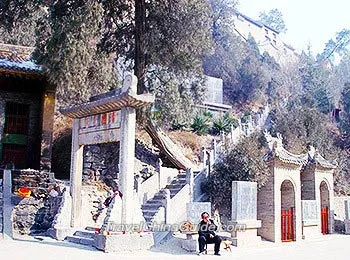
Yaozhou_Kiln_Museum_Scenic_Area.
Conclusion
The Yaozhou Kiln Museum Scenic Area is a remarkable destination for those interested in the intersection of art, history, and culture. With its engaging exhibits, archaeological sites, and rich storytelling, it promises an enriching experience that highlights the enduring legacy of Chinese ceramics. Don’t miss the opportunity to immerse yourself in the artistry and history of one of China’s most celebrated kilns!
Planning Your Visit: A Practical Guide
Essential Information for Your Visit to the Yaozhou Kiln Museum Scenic Area
The Yaozhou Kiln Museum Scenic Area in Tongchuan, Shaanxi Province, is a gem for history enthusiasts and cultural travelers. This area is not only a museum but a glimpse into the rich history of one of China’s most renowned ancient kilns. Below is a comprehensive guide to planning your visit, ensuring a rewarding experience.

Yaozhou_Kiln_Museum_Scenic_Area.
Location and Access
- Address: No.25 Xinyi South Road, Huangbao Town, Wangyi District, Tongchuan 727001, China.
- Distance from Xi’an: Approximately 70 kilometers (about 43 miles), making it a feasible day trip from the famous city known for the Terracotta Army.
Operating Hours
- Museum Hours: Daily from 8:00 AM to 6:00 PM. It’s advisable to arrive early to maximize your time and avoid crowds.
Admission Fees
- Entry Fee: Admission to the museum is typically free, but access to the excavation site of the ancient kilns may require a small fee (around 20 yuan).
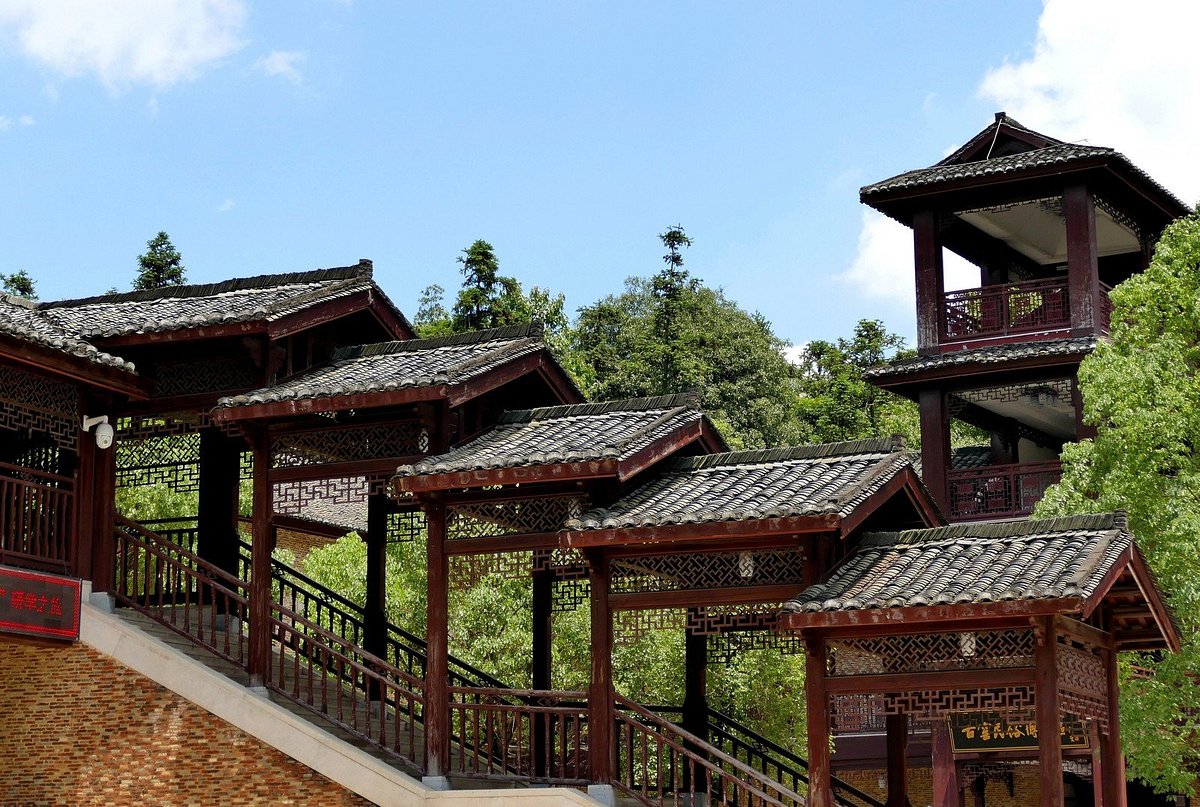
Yaozhou_Kiln_Museum_Scenic_Area.
What to Expect
-
Exhibits: The museum showcases the evolution of Yaozhou ceramics from the Tang to the Yuan Dynasties, with informative displays on celadon ware and various glazing techniques. Although English captions may be limited, the visual presentations are engaging.
-
Interactive Experience: Visitors often have the opportunity to try their hand at pottery-making under the guidance of local artisans, although availability may vary.
-
Excavation Site: A short walk from the museum, the excavation site features the remnants of kilns used throughout various dynasties. This adds an authentic touch to your understanding of the historical significance of Yaozhou Kiln.
Nearby Attractions
Enhance your trip by exploring these nearby sites:
- Xi’an Yaozhou Kiln Ruins: Just 0.5 miles away, this site offers a deeper dive into the history of Yaozhou pottery.
- Yaowang Hometown & Yaowang Mountain Carved Stone: Both historic sites provide additional context to the region’s cultural heritage.
Dining and Accommodation
-
Dining Options: While the museum itself may not have dining facilities, local restaurants in Tongchuan offer authentic Shaanxi cuisine. Be sure to try dishes like biangbiang noodles or roujiamo (Chinese hamburger).
-
Accommodation: Various hotels and guesthouses are available in Tongchuan, catering to different budgets. Booking in advance is recommended, especially during peak tourist seasons.
Tips for Travelers
-
Language: While Mandarin is the primary language spoken, having a translation app can be helpful for navigating and interacting with locals.
-
Best Time to Visit: Spring (April to June) and autumn (September to November) are ideal seasons to visit, with pleasant weather enhancing your exploration.
-
Local Etiquette: Be respectful of cultural practices and local customs. Photography may not be allowed in certain areas, so always check before snapping pictures.
By following this guide, your visit to the Yaozhou Kiln Museum Scenic Area will be both enjoyable and enriching, allowing you to connect with China’s historical narrative through its exquisite ceramics.
Tickets: Prices, Booking, and Tips
Visiting the Yaozhou Kiln Museum Scenic Area: Ticket Information, Booking, and Tips
The Yaozhou Kiln Museum Scenic Area offers a unique glimpse into China’s rich ceramic history, showcasing one of the most renowned ancient kilns that operated from the Tang to the Yuan Dynasties. Here’s everything you need to know about tickets, booking options, and some helpful tips for your visit.
Ticket Prices
- Standard Admission: Entrance to the Yaozhou Kiln Museum is generally free, but there may be a nominal fee for specific exhibits or guided tours.
- Excavation Site Access: To visit the actual excavation sites of the ancient kilns (Kilns #1-9), an additional fee of 20 yuan is required. This is a must-see for enthusiasts of archaeology and ceramics.
Booking Information
- Online Reservations: While ticketing may not always be available online, it’s advisable to check platforms such as TripAdvisor or Viator for any guided tours that may include the museum and its surroundings.
- On-Site Purchasing: Tickets can typically be purchased directly at the museum entrance. Given that the facility is not overly crowded, you should not face significant delays.
Hours of Operation
The museum operates from 8:00 AM to 6:00 PM daily. It’s recommended to arrive early in the day to fully explore the exhibits and avoid the heat if visiting during the summer months.
Tips for Your Visit
-
Language Barrier: Be prepared for some challenges with English signage, as many exhibits may not have English translations. Consider downloading translation apps or bringing a phrasebook to enhance your understanding of the displays.
-
Hands-On Experience: If you’re interested in trying your hand at pottery, inquire about workshops or demonstrations, as there may be opportunities for visitors to engage in pottery-making with the guidance of local artisans.
-
Nearby Attractions: Plan to explore the surrounding area, including the Xi’an Yaozhou Kiln Ruins, which is only a short distance away. This site offers further insights into the historical significance of the Yaozhou kiln.
-
Transportation: The museum is located approximately 70 km from Xi’an, making it easy to combine with other day trips to the region. Consider hiring a local guide or joining a tour to make the most of your time.
By following these guidelines and immersing yourself in the exquisite art of Chinese ceramics at the Yaozhou Kiln Museum, you’ll enrich your understanding and appreciation of China’s historical craftsmanship. Enjoy your visit!
How to Get There: A Complete Transportation Guide
Getting to the Yaozhou Kiln Museum Scenic Area
Visiting the Yaozhou Kiln Museum Scenic Area is a delightful journey into the heart of Chinese history and culture, specifically the rich tradition of porcelain making that flourished during the Tang and Yuan Dynasties. Situated in Tongchuan, Shaanxi Province, this site is conveniently accessible from major urban centers, making it an essential stop for any traveler interested in the ancient arts of China.
Arriving by Air
Nearest Airport:
– Xi’an Xianyang International Airport (XIY)
Located approximately 70 km (about 43 miles) from the Yaozhou Kiln Museum, this is the main international gateway to the region.
Transportation Options from the Airport:
– Private Taxi or Ride-Sharing:
The most convenient option, taking around 1.5 hours. Expect to pay between 200-300 CNY (approximately $30-$45).
– Airport Shuttle Bus:
There are shuttle buses that can take you to Xi’an city center, from where you can continue your journey to Tongchuan.
Traveling by Train
Train Services:
– From Xi’an Railway Station:
Regular trains run from Xi’an to Tongchuan, making this a popular choice for travelers. The journey takes about 1 to 1.5 hours. Trains depart frequently throughout the day.
Getting to the Museum from Tongchuan Railway Station:
– Taxi:
A short 15-20 minute ride will get you to the museum. Taxis are readily available outside the station.
– Local Buses:
If you’re looking for a more economical option, local buses also connect the railway station to the museum area, though they may take longer.
Driving Directions
For those who prefer to drive, the scenic route to the Yaozhou Kiln Museum offers beautiful landscapes of Shaanxi Province.
- From Xi’an:
- Head northwest on G65 (the Baotou-Maoming Expressway).
- Take the exit toward Tongchuan and follow the signs for Huangbao Town.
- The museum is located at No. 25 Xinyi South Road, Huangbao Town, Wangyi District, Tongchuan.
Parking:
There are parking facilities available near the museum, making it convenient if you’re driving.
Local Transportation
Once in Tongchuan, navigate easily to the museum using:
-
Taxis:
They are affordable and can be hailed through local apps or found at taxi stands. -
Bicycles or E-Scooters:
For the more adventurous, consider renting a bike or e-scooter to explore the area at your leisure.
Tips for Your Visit
-
Language:
While the museum has some English signage, it’s advisable to download translation apps or carry a phrasebook, as English might not be widely spoken. -
Timing Your Visit:
The museum is open daily from 8:00 AM to 6:00 PM. Arriving early can help you avoid crowds and enjoy a more immersive experience. -
Cultural Sensitivity:
Respect the local customs and heritage, particularly as this area is steeped in historical significance.
With its rich history and exquisite pottery exhibitions, the Yaozhou Kiln Museum Scenic Area promises an unforgettable experience. Whether you’re exploring the ancient kilns or trying your hand at pottery-making, the journey there is just the beginning of an enriching adventure into China’s cultural legacy.
Local Cuisine and Accommodation Nearby
When exploring the rich cultural tapestry of the Yaozhou Kiln Museum Scenic Area, indulging in local cuisine and finding comfortable accommodations can enhance your experience significantly. Here’s a guide to some delightful dining options and nearby places to stay.
Local Cuisine
The Tongchuan area offers a variety of traditional Shaanxi dishes, ensuring that your culinary adventure is just as enriching as your historical exploration.
-
Biang Biang Noodles (油泼面): A must-try dish, these hand-pulled noodles are thick and wide, often served with a spicy sauce and various toppings. They are famous for their unique texture and taste, embodying the heart of Shaanxi culinary tradition.
-
Rou Jiao Mo (肉夹馍): Sometimes referred to as Chinese hamburgers, this dish features slow-cooked, spiced meat stuffed inside a warm, crispy flatbread. It’s a delicious and filling option perfect for a quick lunch during your museum visits.
-
Yangrou Paomo (羊肉泡馍): This hearty lamb soup is served with crumbled bread and is especially popular in the colder months. It’s both comforting and flavorful, showcasing the region’s rich culinary heritage.
-
Dumplings (饺子): Experience a variety of dumplings filled with meats or vegetables, often enjoyed with a tangy dipping sauce. Dumpling restaurants are prevalent, and many offer a warm, inviting atmosphere.
Recommended Restaurants:
-
Tongchuan Xiaochi Restaurant: Known for its traditional Shaanxi snacks, this cozy eatery offers a menu filled with local favorites. The atmosphere is friendly, making it perfect for both solo travelers and families.
-
Yaozhou Old Street Food Stalls: Located near the museum, this vibrant street food area is ideal for sampling a variety of local dishes. The lively environment and diverse offerings make it a great spot for foodies.
Accommodation Nearby
After a day of exploring the historical wonders of the Yaozhou Kiln Museum, retreating to a comfortable hotel is essential for recharging your energy.
-
Tongchuan International Hotel: This modern hotel offers comfortable rooms with all the amenities you need for a pleasant stay. It’s conveniently located near major attractions, making it an excellent base for your explorations.
-
Home Inn Tongchuan: A budget-friendly option, this hotel provides clean and cozy accommodations. It’s a great choice for travelers looking for simplicity and convenience without compromising comfort.
-
Yaozhou Kiln Scenic Area Guesthouse: For a more local experience, consider staying at this guesthouse. It provides a homely atmosphere and often features traditional decor. The owners are usually very welcoming and can provide recommendations for local dining.
Conclusion
Your visit to the Yaozhou Kiln Museum Scenic Area will be enriched by the region’s delicious local cuisine and welcoming accommodations. Whether you’re indulging in iconic dishes or resting in a comfortable hotel, these experiences will provide a deeper understanding of the area’s vibrant culture and history. Enjoy your culinary journey and restful nights as you delve into the fascinating world of Chinese ceramics.
Frequently Asked Questions
Frequently Asked Questions about Yaozhou Kiln Museum Scenic Area
1. What is the Yaozhou Kiln Museum known for?
The Yaozhou Kiln Museum is renowned for its rich history in pottery and porcelain production, particularly celadon ware, which thrived from the Tang to the Yuan Dynasties. Visitors can explore well-presented exhibits detailing the kiln’s evolution over 800 years, along with intricate information about various pottery-making techniques.
2. Where is the museum located?
The museum is situated at No.25 Xinyi South Road, Huangbao Town, Wangyi District, Tongchuan, Shaanxi Province, China, approximately 70 kilometers from Xi’an.
3. What are the museum’s opening hours?
The museum operates daily from 8:00 AM to 6:00 PM. It is advisable to check for any special holiday hours or closures before your visit.
4. Are there any interactive experiences available?
Yes! Visitors have the opportunity to try their hand at pottery-making under the supervision of skilled artists. However, availability may vary, so it’s a good idea to inquire upon arrival.
5. Is there an entrance fee?
While entrance to the Yaozhou Kiln Museum may be free, visiting the actual excavations of the kilns (numbered 1-9) incurs an additional fee of 20 yuan. This fee allows you to explore the sites where ancient pottery was produced.
6. Are there English translations available throughout the museum?
Currently, there is a limited availability of English captions for the exhibits. Visitors who do not speak Chinese may want to consider bringing a translation app or guidebook to enhance their experience.
7. What other attractions are nearby?
In addition to the Yaozhou Kiln Museum, nearby attractions include the Xi’an Yaozhou Kiln Ruins, Yaowang Hometown, and Hua Yuan Shopping Mall. These sites provide additional insight into the area’s historical and cultural significance.
8. How can I get to the museum from Xi’an?
Traveling from Xi’an to the Yaozhou Kiln Museum can be done by car, taxi, or public transportation. Buses frequently run between Xi’an and Tongchuan, and taxis or rideshare services are also available for a more direct route. Plan for about an hour and a half of travel time, depending on traffic conditions.
Feel free to reach out for any additional inquiries or travel tips regarding your visit to this fascinating historical site!
Final Thoughts on Your Trip
As your journey through the Yaozhou Kiln Museum Scenic Area comes to a close, you’ll find that this destination offers much more than just an insight into ancient ceramics. It serves as a testament to China’s rich cultural tapestry and the artistic ingenuity that has flourished over millennia.
Reflecting on Your Experience
-
A Glimpse into History: Walking through the museum, you have ventured through time, witnessing the delicate evolution of pottery and porcelain that has played a pivotal role in Chinese heritage. The exhibits, though small, encapsulate a story that spans over 800 years, from the Tang to the Yuan Dynasties.
-
Art in Action: The opportunity to engage in pottery-making, even if it was quiet during your visit, offers a unique hands-on connection to this ancient craft. It’s a reminder that the traditions of the past continue to inspire creativity today.
-
Exploring the Excavations: The nearby kiln ruins invite you to delve deeper into the archaeological history, where the remnants of ancient craftsmanship await your discovery. Each kiln tells a story of the artisans who once toiled to create exquisite pieces of art.
Why You Should Return
If your itinerary permits, consider revisiting this serene area. With its evolving exhibitions and the potential for interactive experiences, each trip could unveil something new. The Yaozhou Kiln Museum is not just a destination; it’s an invitation to engage with China’s artistic legacy, and it beckons travelers eager to uncover the layers of history that shaped this remarkable culture.
Final Thoughts
The Yaozhou Kiln Museum Scenic Area is a hidden gem that promises to enrich your understanding of Chinese history and artistry. As you leave, take with you the stories of the past, the beauty of craftsmanship, and the inspiration to explore further. In this tranquil corner of Tongchuan, you have touched the essence of an enduring legacy—one that continues to resonate with the spirit of creativity and heritage. Safe travels, and may your adventures in China lead you to even more wonders!